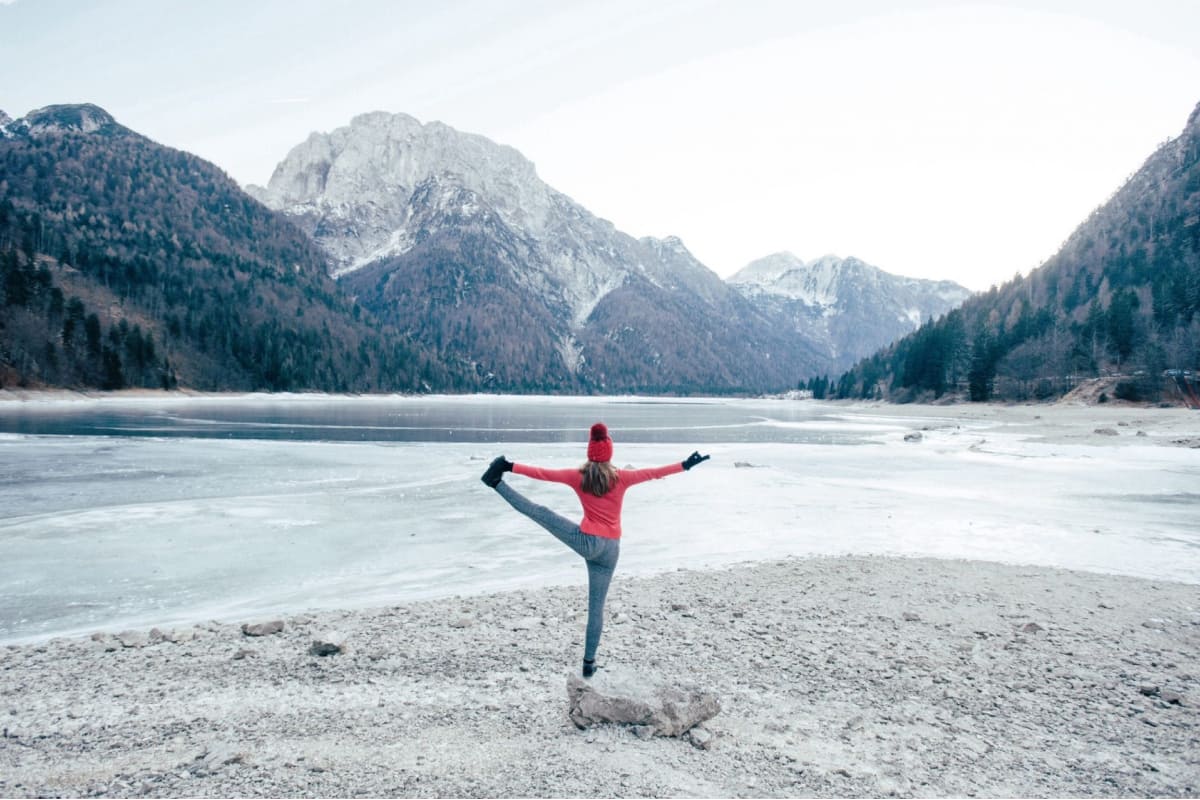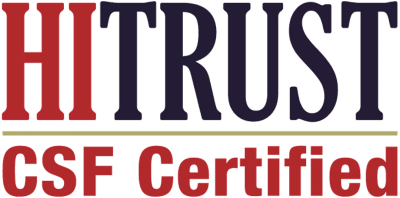Benefits of Practicing Yoga for Strength
- Strengthens muscles, tendons and ligaments.
- Stabilises joints.
- Improves the efficiency of the cardiovascular system.
- Increases bone density.
- Boosts metabolism.
- Improves body control and movement efficiency.
- Corrects muscular imbalances.
- Improves posture.
- Alleviates persistent and recurring pain.
- Increases resilience to injury.
- Builds confidence.
Advantages of Training Yoga for Strength
Yoga excels at strengthening the core and at balancing out the relative strengths and weaknesses established by your sport. But there are a number of other reasons to include Strength sequences into your program. It:
- Balances strength with flexibility and mobility to optimise functional rather than maximal strength.
- Integrates muscle groups to work together rather than focussing on muscles in isolation.
- Strengthens the core stabiliser muscles that support the spine.
- Emphasises the importance of the breath in building strength.
- Trains balance, which is an important component of functional strength.
- Trains strength dynamically, in all planes of movement.
- Enhances body awareness.
- Is not demanding on the joints.
- Can be done anywhere with minimal equipment.
- Is endlessly variable, which can lead to greater compliance.
- Practicing barefoot strengthens the muscles in the feet, ankles and lower legs.
Refine Your Approach
Building strength in yoga requires paying close attention to alignment, engagement, integration and breath. Alignment is crucial for keeping you safe and injury-free, and if your muscles are not engaged and you’re just going through the motions, you aren’t going to get any stronger. At the same time, you don’t want to be tensing up unnecessarily. You need to strike a balance between tension and relaxation and your breath will help with that. As you come into each pose:
- Follow my alignment cues to ensure correct form.
- Engage your core and the other muscles involved in the pose.
- Find connection and integration all the way from your feet up to your head, and out to your fingertips.
- Release unnecessary tension in the jaw, neck and shoulders.
- Tune in to your nasal breathing to calm your central nervous system and ensure that you are getting maximum oxygen into your muscles.
Align, engage, integrate, relax and breathe.
We share this article with permission. This article originally appeared on Yoga 15’s blog .











